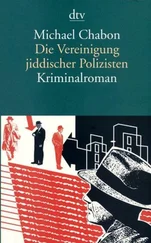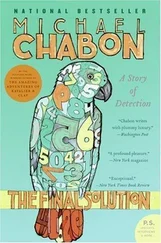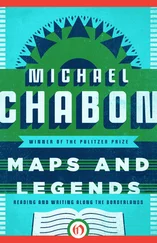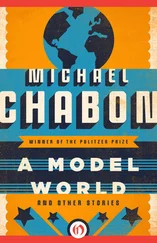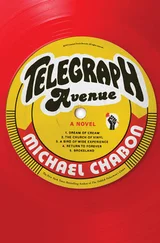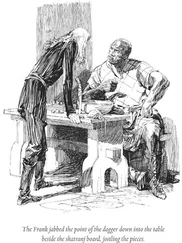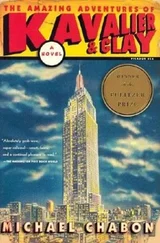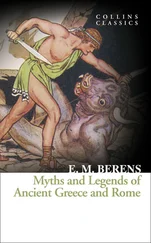The classical Holmes story is framed with Holmes and Watson at home, in their rooms at 221B Baker Street. The frame forms part of a larger, ongoing macro-story of the two companions’ lives and long career together, seeing each other through the vicissitudes of, in Watson’s case, at least one tragic if vague marriage, and, in the case of Holmes, a cocaine habit, several black depressions, and a self-imposed witness protection program known to Sherlockians as the Great Hiatus, when, after the death of Professor Moriarty, the vengeful henchmen of the Napoleon of Crime made England too hot even for Sherlock Holmes. Set within this frame is the story of a client who has sent up a card or blustered in to see Mr. Holmes, and has now sat down to tell it.
Nearly all the Holmes stories, therefore, are stories of people who tell their stories, and every so often the stories these people tell feature people telling stories (about what they heard or saw, for example, on the night in question), and if this sounds like a dubiously metafictional observation, then we may have forgotten how fundamental such stories-within-stories have always been to popular art from Homer to Green Acres, and how lightly worn. The new client tells the story of a recent crime, an apparent crime, or an impending crime, or simply, as in “The Red-Headed League,” “The Sussex Vampire,” and “The Six Napoleons,” recounts a strange and inexplicable incident. As the story proceeds, its teeth engage with the works of the next story, which is the story of the investigation conducted by Holmes and Watson, often with the assistance of one or more slow-witted policemen. The investigation in turn produces the story of how the crime was committed, or of the genuine meaning behind the seemingly inexplicable occurrence. In “The Six Napoleons,” for example, what appears to be the story of a rather unlikely anti-Bonapartist serial vandal and murderer bent on smashing busts of Napoleon is found to conceal the story of immigrant Italian artisans trying to recover the “black pearl of the Borgias” that had been hidden in one of the busts.
But that’s not all. The solution of the crime is typically not the last of the tellings and retellings that Doyle manages to compact within his endlessly flexible frame: often there remains an account of how the malefactor has been pursued, staked out, hunted down, or how a trap has been laid. Once caught, he or she may introduce an entirely new version of the story, by way of pointing out certain flaws in Holmes’s reasoning or confirming his wildest surmises, and then offering reasons for the crime, reasons that can have their roots in yet another story, often one that played out many years before. And then we are back in Baker Street, to be handed over by Watson to the next story.
Writers and storytellers had been nesting their narratives for centuries, of course, in an effort to approximate the networks of story that ramify and complicate our experience of everyday life. But until Conan Doyle, no one had ever hit on a way, or even seen the need, to ensure that the gears of each nested story were fully engaged with those it contained and were in turn contained by. Conan Doyle, in other words, invented a way to tell stories about the construction of stories without the traditional recourse to digression, indirection, or the overtly self-referential. It was a radical step, and it has been paying off for him, and for us, ever since.
But if the Victorian spirit of improvement and efficiency and control—the Cape-to-Cairo spirit—is crucial to the technique of Conan Doyle’s stories, what can we say, then, about their function and effect, which the conventional view holds to be to reinforce and to eulogize the iron-and-brick social structure of the Empire?
We can repeat that the stories are, as they insist on being called, adventures. Their function is not to reinforce or validate the dominant social order but to transcend it, abandon it, if only for the space of twenty pages.
A familiar lament of adventure fiction of the late nineteenth and early twentieth century, a lament given its fullest expression in the opening pages of Conan Doyle’s novel The Lost World (1912) and its most ironic (but no less wistful) in the opening pages of Heart of Darkness, is the disappearance of what Conrad’s Marlow calls “the blank places on the map.” From the time of Odysseus, literary adventurers have sought to write their names in those blank places, and to fetch back stories from them. In this sense, a key part of the business of Empire was to obtain new zones of adventure in which its writers could lay their tales.
Empires are built, however, by laying the groundwork for their own destruction. Subject peoples are educated, organized, given national identities. Any colony made strong enough to survive and flourish becomes too strong to remain a colony. And by the time that Conan Doyle came to write A Study in Scarlet in the 1880s, the great explorations undertaken by the Empire, the surveys and royal expeditions of the previous few centuries, had done grave harm to the atlas of adventure. In the years to follow, adventure writers were obliged to devise new strategies. Edgar Rice Burroughs resorted to setting his otherwise classic stories not only in a remote jungle but on Mars or Venus, or in the center of the earth. Robert E. Howard and Talbot Mundy reached back to the pre-exploration past, to prehistory and beyond.
After the technical innovation of packing multiple stories into a tight narrative frame, Conan Doyle’s second flash of genius was to find a way to locate the land of adventure within the known world itself, to depict a place beyond laws, where human nature returned to savagery, and where a hero could flourish, right there in the Home Counties. Many of the tales deal with the crimes, misdeeds, and scandals of transported convicts, colonial adventurers, or imperial soldiers returned to England. But these travelers don’t merely bring back their tales; they are, as in “The Crooked Man,” hunted down by them, haunted by them, killed or forced to kill by the adventures that befell them beyond the sea. As Angus Wilson pointed out in his introduction to The Return of Sherlock Holmes, the Holmes stories are replete with imagery of Holmes and Watson as hunters in the jungle, and of men depicted as animals and half-brutes living not on some remote island like Dr. Moreau’s, but ten minutes’ walk from Marylebone Station. In this moral vacuum Sherlock Holmes is as much a law unto himself as Chandler’s Marlowe or Hammett’s Continental Op. Repeatedly, persistently, as a matter of existential necessity, in the absence of any real higher authority, he acts to punish those whom the law would exempt, or to allow the guilty to go free. The prevailing view of the Holmes stories as neat little allegories of Victorian positivism is belied by the concluding lines of “The Cardboard Box,” in a passage which tends to be passed over by both those who love the stories and those who dismiss them:
“What is the meaning of it, Watson?” said Holmes, solemnly, as he laid down the paper. “What object is served by this circle of misery and violence and fear? It must tend to some end, or else our universe is ruled by chance, which is unthinkable. But what end? There is the great standing perennial problem to which human reason is as far from an answer as ever.”
Philip Marlowe couldn’t have put it better.
4 .
A third innovative stroke of Conan Doyle’s was to find a new way to play the oldest trick in the book, to revise the original pretense of all adventurers, liars, and storytellers—that every word you are about to hear is true. For at least two hundred years before him, a writer of fiction might employ teasing initials, pseudonyms, and half-censored dates to give the impression that his story had been drawn from some available record, or that the author could personally vouch for its accuracy, but not without harming the innocent, embarrassing the guilty, or defaming the dead. Conan Doyle took this gambit one step further: not only were the Holmes stories presented as factual, with all the necessary names disguised, but their having been published, and subsequently widely read and even enjoyed, was known to their characters. Holmes was not only aware of his status as the subject of Watson’s “chronicles,” he resented it, and mocked it, even as he profited by the fictional version of the very real success that the stories enjoyed, first in the pages of the Strand and Collier’s, then in the many collected editions.
Читать дальше

